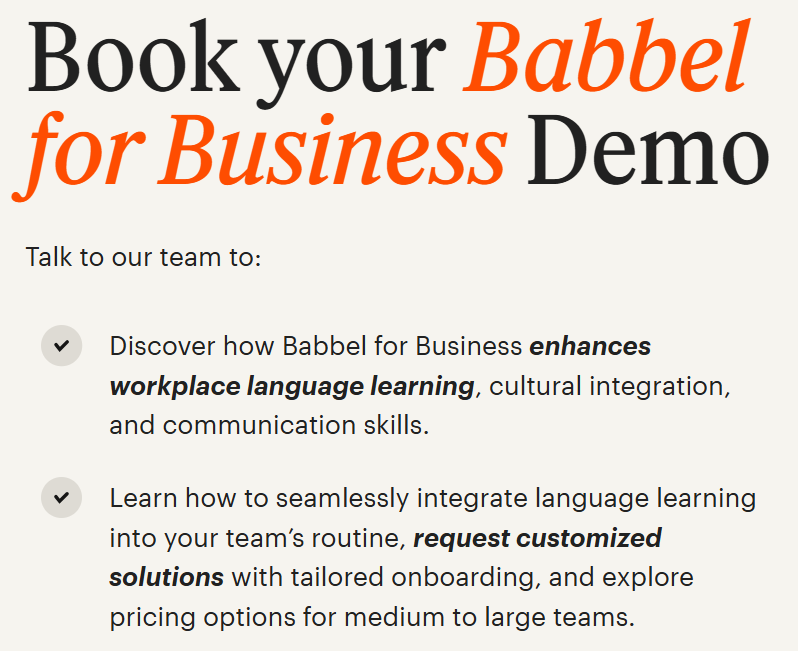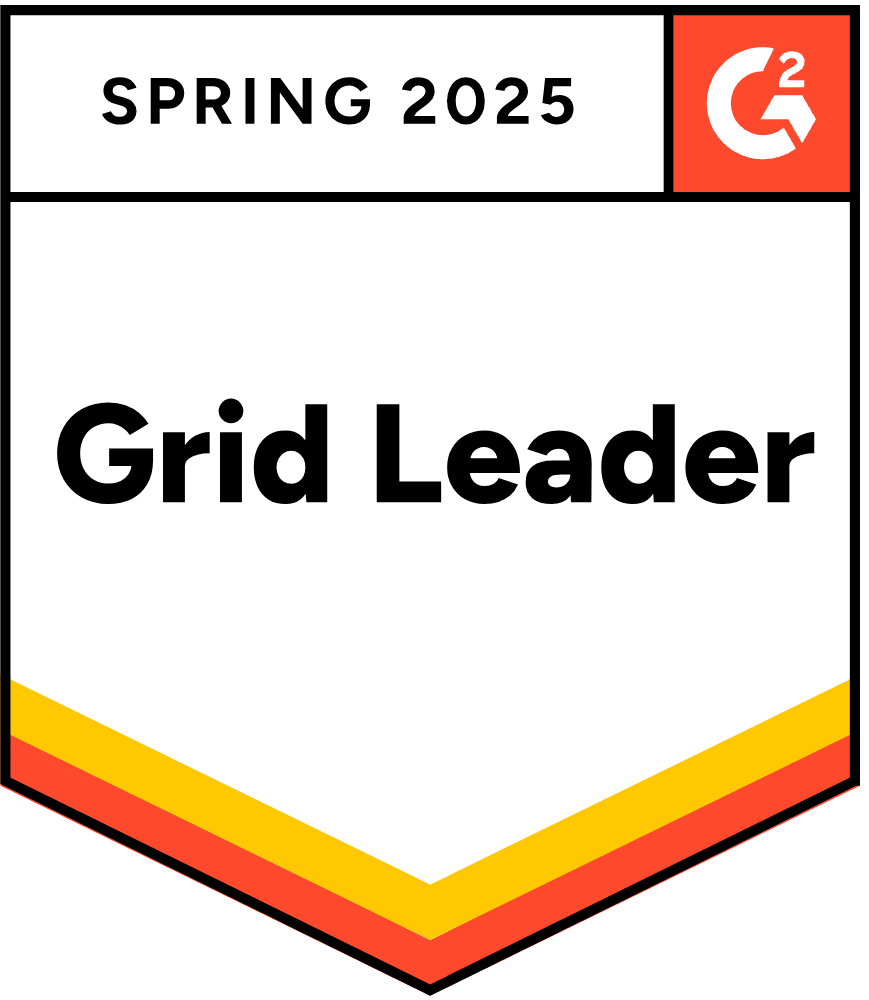Let’s face it—corporate language training has a reputation problem.
Traditional classroom courses are rigid. App-only solutions often lack context. And somewhere in between? Your employees are left with a half-learned language and no idea how to apply it at work.
If your company is looking to upskill employees in business German—for safety, compliance, global expansion, or better collaboration across borders—it’s time to rethink how that training happens. The future? It’s blended learning. And it’s already transforming corporate German language training with skills that actually stick.
What Is Blended Learning, Anyway?
In simple terms, blended learning combines the best of both worlds:
- Self-paced app-based learning: Employees learn German vocabulary, grammar, and business phrases when it suits them best—during downtime, commuting, or in short bursts between meetings.
- Live virtual classes with certified teachers: These sessions bring human interaction, workplace context, and personalized feedback into the mix.
Together, they form a flexible, scalable, and deeply engaging approach to language learning that works for busy professionals—and delivers measurable ROI for HR and L&D teams.
Why Traditional Language Training Falls Short… and Why Successful Corporate German Language Training requires blended learning
Let’s break down the gaps that most standalone training methods leave wide open:
| Training Type | The Good | The Gaps |
|---|---|---|
| Classroom-based | Structured, human-led, familiar | Inflexible, time-consuming, hard to scale |
| App-only | Convenient, self-paced, scalable | Lacks context, no live practice, easy to forget |
| DIY solutions | Cheap, accessible | No structure, no accountability, low success rate |
A blended learning model bridges these gaps with both structure and flexibility, theory and practice, autonomy and support.
4 Reasons Blended Learning Works for Corporate German Language Training
1. It Fits Around Work, Not Against It
Your employees don’t need another calendar blocker—they need learning that fits around real schedules. With blended learning, they get:
- Bite-sized lessons they can do on the go
- Optional live sessions that reinforce retention and build confidence
- A rhythm of learning that aligns with real productivity patterns
2. It Offers Human Interaction (Which Boosts Retention)
Apps are great for repetition and vocabulary. But when it comes to real conversations, your employees need live speaking practice—especially in high-stakes industries like healthcare, manufacturing, or client services. Live instruction builds:
- Listening and speaking fluency
- Cultural context
- Confidence to apply German on the job
3. It Drives Measurable Progress
Blended learning platforms often include tracking and reporting tools that make HR and L&D leaders very happy. This is key for a successful corporate German language training. With the right provider, you’ll see:
- Engagement rates
- Skill mastery levels
- Learner feedback
- Clear progress toward business outcomes
4. It Scales Globally, Locally, and Team-by-Team
Whether you have 10 employees in logistics or 500 in manufacturing across three continents, blended learning grows with you. It’s:
- Easy to roll out across locations
- Customizable by role or department
- Supportive of both group and individual goals
Bonus: It’s Built for Business German
Blended learning also allows for customized content—so your team doesn’t waste time learning café phrases they’ll never use. Instead, they focus on:
- Safety and compliance communication
- Customer service interactions
- Technical vocabulary for engineers or production workers
- Sales and negotiation language for client-facing teams
The Bottom Line
Blended learning isn’t just a trend—it’s the solution forward-thinking companies are using to close language gaps, improve collaboration, and expand into new markets.
If your team needs business German that works in the real world (not just on paper), blended learning is your best bet.

Ready to see what a modern business
German Course could do for your company?
Talk to our team to explore how our app + live class model helps teams thrive in German-speaking work environments.






